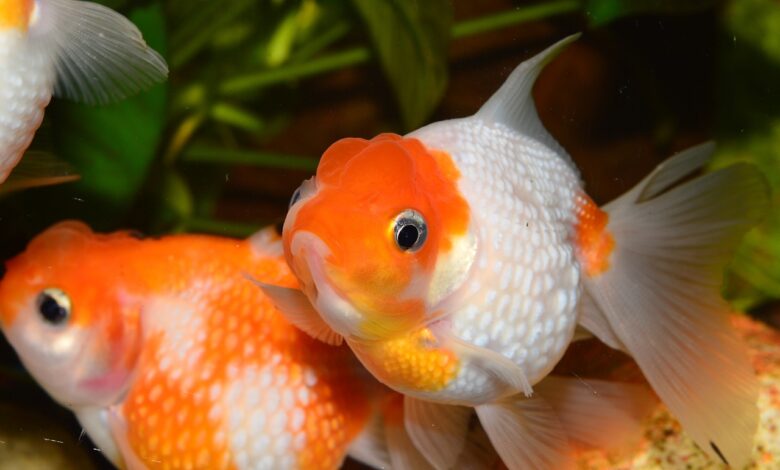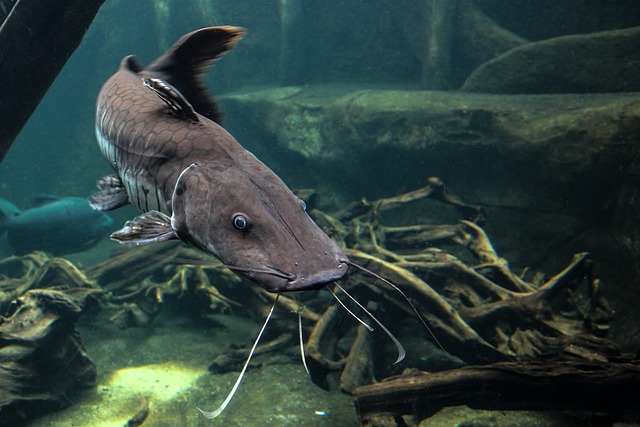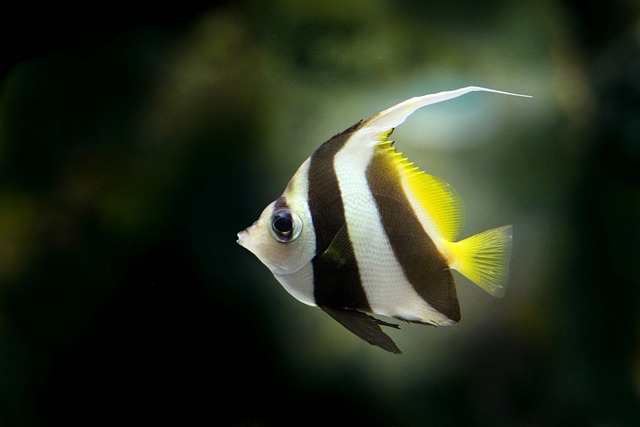Fish: Definition, Species, Classification, Types, Facts, List, and More…

Fish are fascinating aquatic creatures that have captured the interest of humans for centuries. With their streamlined bodies, ability to swim, and incredible diversity, they inhabit various aquatic environments around the world.
Table of Contents
Introduction
Fish are aquatic vertebrates that include a wide range of species. They inhabit various aquatic environments, including freshwater lakes, rivers, oceans, and even some brackish environments. Fish are known for their ability to swim, aided by their streamlined bodies and specialized fins.
Definition
Fish are defined as aquatic vertebrates that breathe through gills, have fins for swimming, and are typically covered in scales or have a scale-like skin. They are cold-blooded animals, meaning their body temperature adjusts to match their surroundings. Fish play a crucial role in aquatic ecosystems as both predator and prey.
Characteristics
• Aquatic Vertebrates
Fish are vertebrates, meaning they have a backbone or spinal column. They belong to the phylum Chordata and are the largest group of vertebrates.
• Gills and Respiration
Fish respire through gills, which extract oxygen from the water. Water passes over the gill filaments, where oxygen is absorbed into the bloodstream and carbon dioxide is released. This adaptation allows fish to extract oxygen efficiently from their aquatic environment.
• Streamlined Body Shape
Fish have a streamlined body shape, which reduces drag and allows for efficient swimming. Their bodies are typically elongated and taper towards the tail, facilitating movement through the water.
• Scales and Skin
Most fish have scales covering their bodies. These scales provide protection and help reduce friction in the water. Some fish, such as catfish, have scaleless skin covered in a slimy mucus layer for protection.

Fish Species and Classification
Fish are classified into three major groups based on their characteristics and evolutionary history:
• Osteichthyes (Bony Fish)
The vast majority of fish species belong to the class Osteichthyes. These fish have skeletons made of bone, gills for respiration, and are covered in scales. They include a wide range of fish species, from popular game fish like bass and trout to tropical fish like angelfish and tetras.
• Chondrichthyes (Cartilaginous Fish)
Cartilaginous fish, classified under the class Chondrichthyes, have skeletons made of cartilage rather than bone. They include sharks, rays, and skates. These fish have well-developed jaws, and multiple rows of teeth, and are known for their predatory nature.
• Agnatha (Jawless Fish)
Jawless fish, belonging to the class Agnatha, lack jaws and paired fins. They include lampreys and hagfish. These ancient fish have a cylindrical body shape and are known for their ability to attach to other fish and feed on their bodily fluids.
Types of Fish
Fish can be classified into various types based on their habitat, characteristics, and usage. Here are some notable types of fish:
• Freshwater Fish
Freshwater fish live in freshwater ecosystems such as rivers, lakes, and ponds. They include species like trout, bass, catfish, and carp. These fish have adapted to survive in diverse freshwater environments.
• Saltwater Fish
Saltwater fish, also known as marine fish, inhabit oceans and seas. They include popular species like tuna, salmon, grouper, and snapper. Saltwater fish display remarkable adaptations to survive in the challenging marine environment.
• Tropical Fish
Tropical fish are known for their vibrant colors, intricate patterns, and unique body shapes. They are popular in the aquarium trade and include species like angelfish, tetras, guppies, and discus fish.
• Game Fish
Game fish are sought after by anglers for sport fishing. They include species like trout, salmon, bass, walleye, and muskellunge. Game fish are known for their fighting abilities and are subject to fishing regulations to ensure their sustainability.
• Ornamental Fish
Ornamental fish, also known as aquarium fish, are kept for their aesthetic value in home aquariums. They include species like goldfish, guppies, bettas, and neon tetras. Ornamental fish come in a wide range of colors, shapes, and sizes, adding beauty to aquarium setups.

Interesting Facts about Fish
The largest fish species is the whale shark, which can grow up to 40 feet in length.
Some fish, like the clownfish, have a symbiotic relationship with sea anemones, providing protection while receiving food scraps in return.
Electric eels can generate electrical shocks of up to 600 volts, which they use for hunting and self-defense.
The archerfish can shoot jets of water from its mouth to knock down insects perched on leaves above the water.
Popular Fish Species List
Here is a list of popular fish species:
Bass
Trout
Salmon
Tuna
Grouper
Snapper
Catfish
Carp
Angelfish
Tetras
Goldfish
Guppies
Clownfish
Betta fish
Neon tetra
Discus fish
Walleye
Muskellunge
Please note that this is just a small sample of the incredible diversity of fish species found around the world.

Conclusion
Fish are remarkable creatures that inhabit the vast aquatic ecosystems of our planet. With their unique adaptations, diverse species, and significant ecological roles, they contribute to the beauty and balance of our oceans, rivers, and lakes. Understanding and appreciating the world of fish helps us recognize the importance of preserving their habitats and ensuring their survival for future generations.
FAQs
Q1: Are all fish cold-blooded?
Yes, all fish are cold-blooded animals, which means their body temperature adjusts to match their environment. They rely on external sources of heat to regulate their body temperature.
Q2: Can fish breathe air?
While most fish respire through gills, some species have adaptations that allow them to breathe air. Lungfish and certain catfish species can extract oxygen from the air and survive in oxygen-deprived environments.
Q3: How many fish species are there?
The exact number of fish species is not known, as new species continue to be discovered. Estimates suggest that there are over 30,000 recognized fish species, with many more yet to be discovered and identified.
Q4: Can fish communicate with each other?
Fish use a variety of signals to communicate, including visual displays, body movements, color changes, and sound production. Some species, like certain types of cichlids, even engage in complex courtship rituals to attract mates.
Q5: Are all fish edible?
While many fish species are edible and consumed as food, not all fish are suitable for consumption. Some fish species may contain toxins or be harmful if not prepared and cooked properly. It’s important to be aware of local fishing regulations and guidelines regarding fish consumption.


